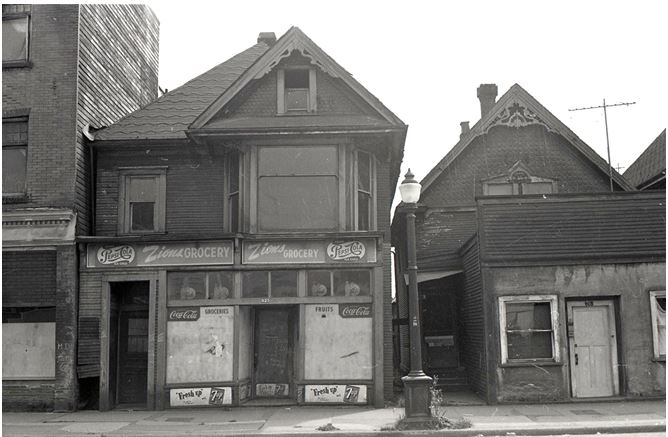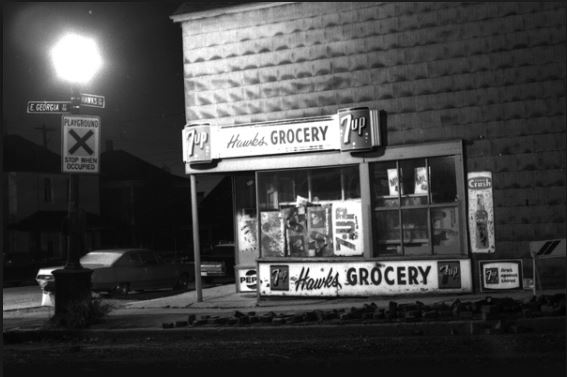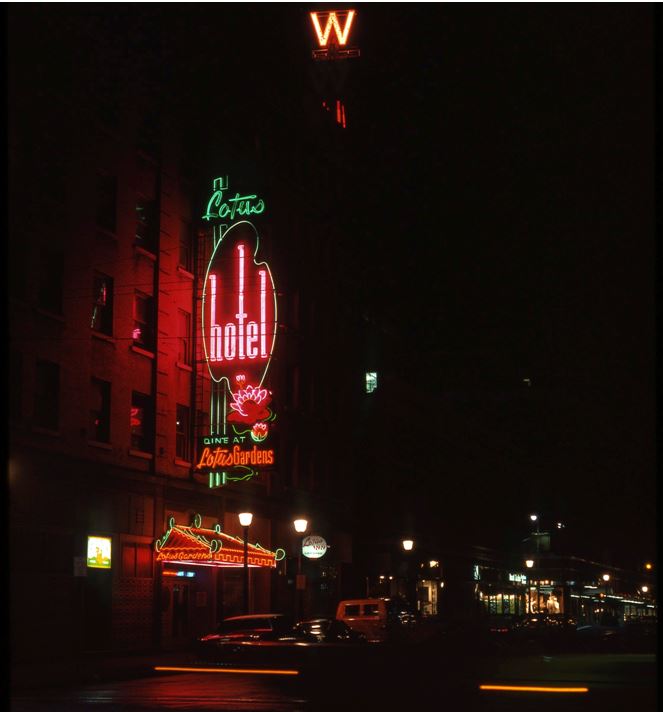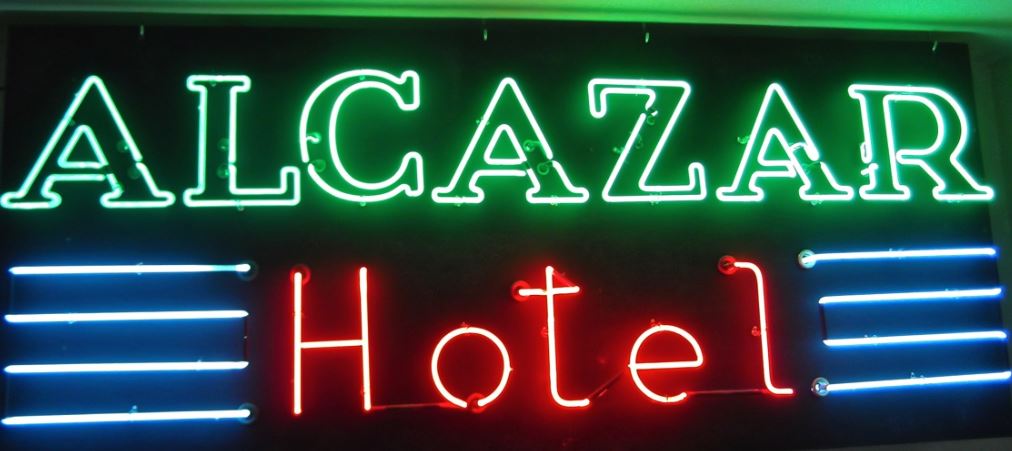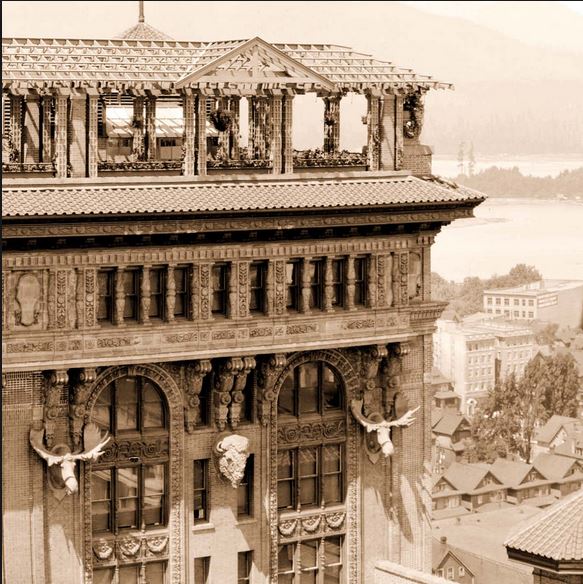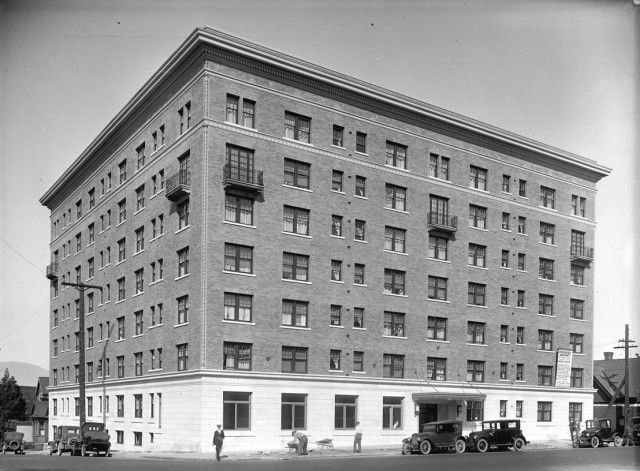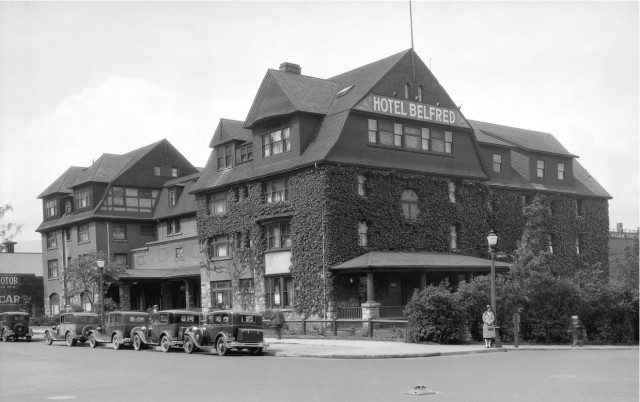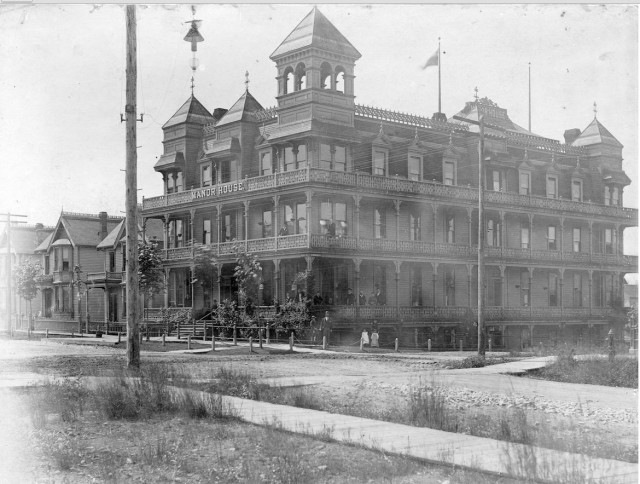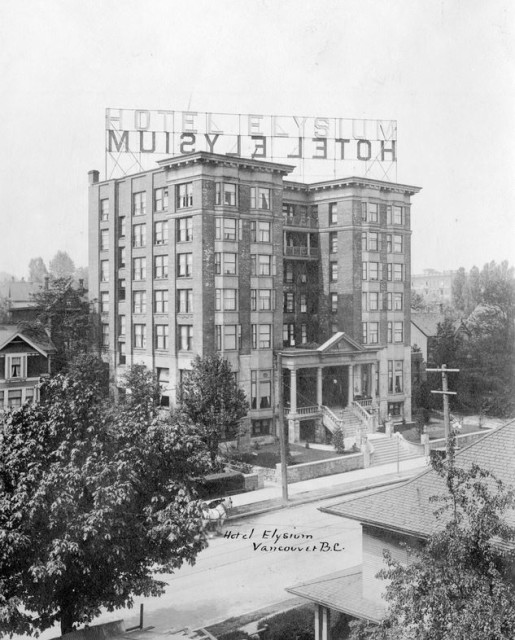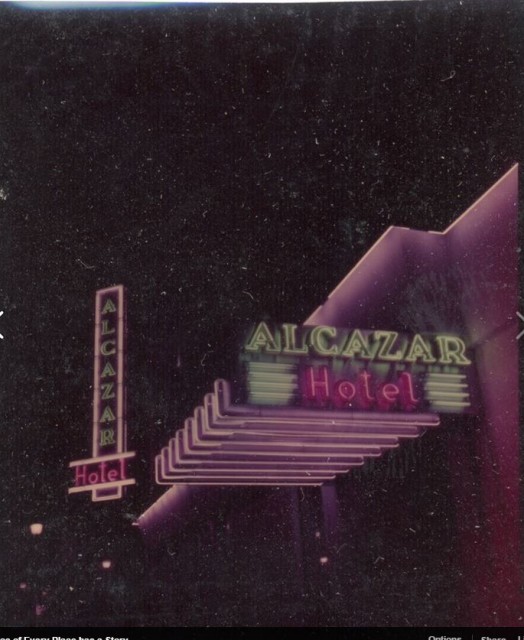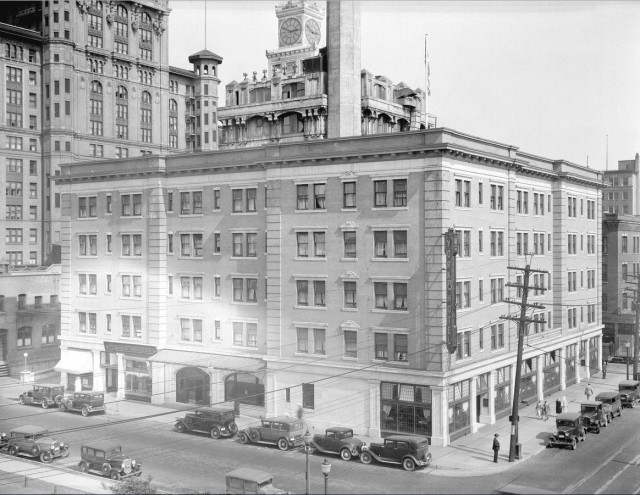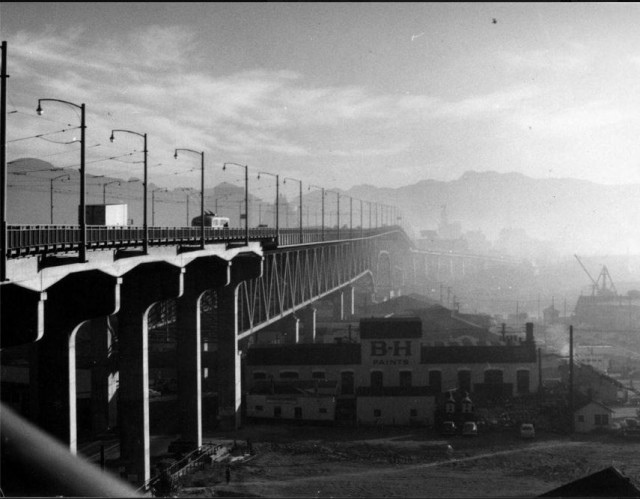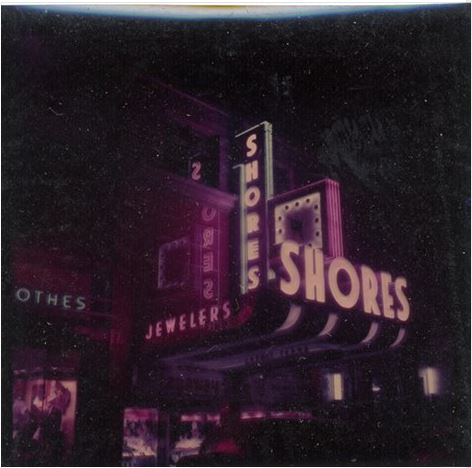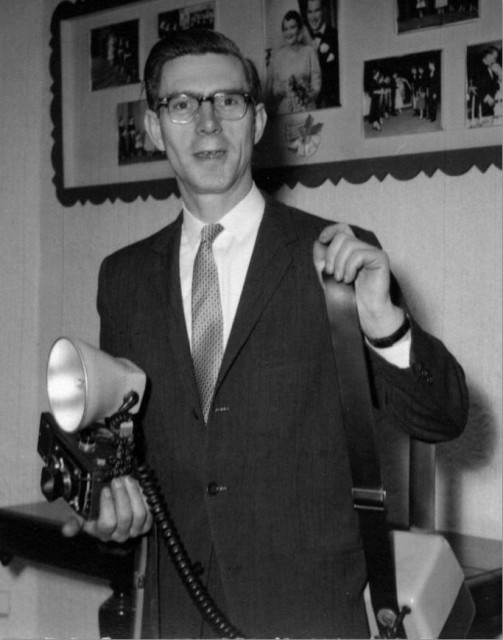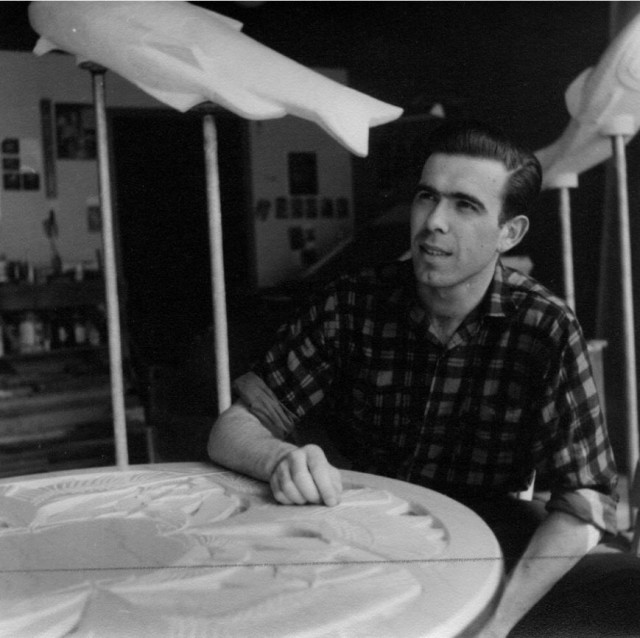Frank Gowen was born in England in 1877. He moved to Vancouver in 1913 and worked as a photographer until his death in 1946.
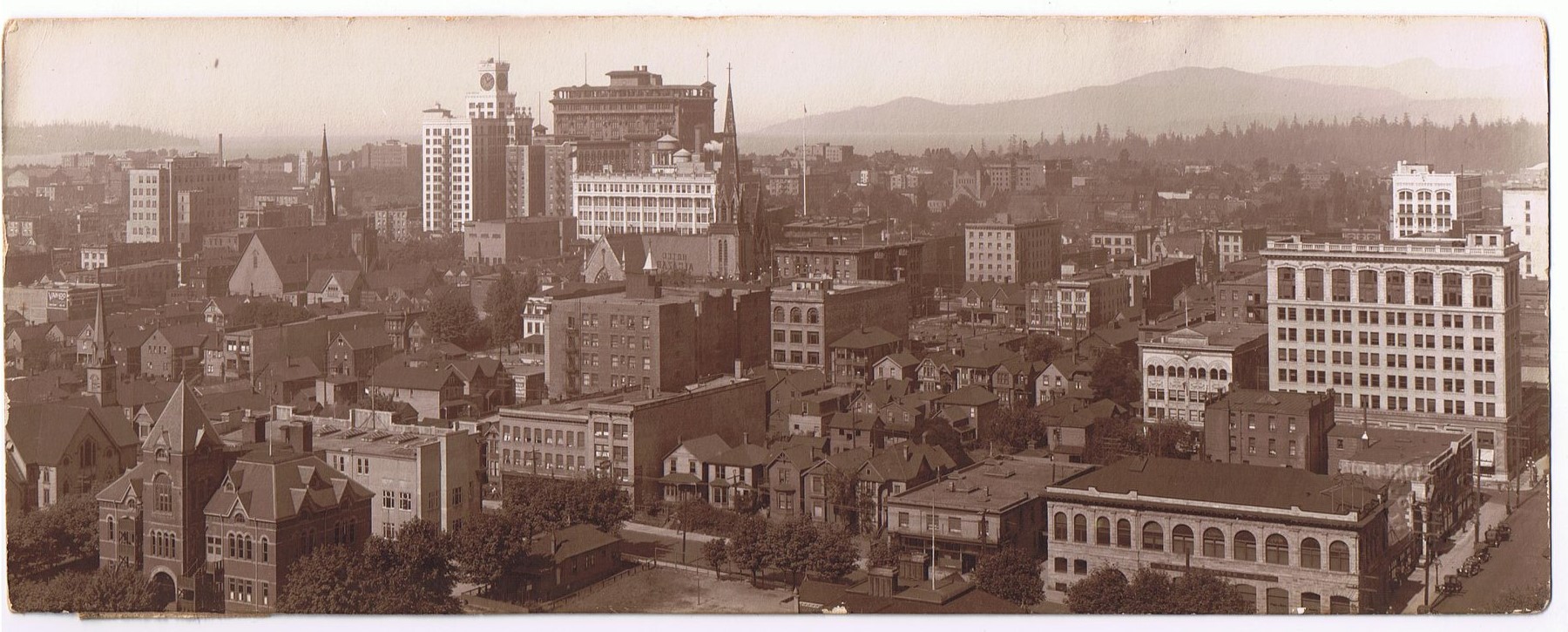
Chris Stiles kindly sent me this fabulous panoramic photo that she and husband Alan found when they were going through some personal effects of Alan’s father recently.
“My husband’s dad, Roy Stiles was assistant fire chief for the Vancouver Fire Department for many years. He passed in March of 2019, at almost 94 years of age,” she wrote. “I know you love the old houses of Vancouver and there are a number of them visible in this photograph.”
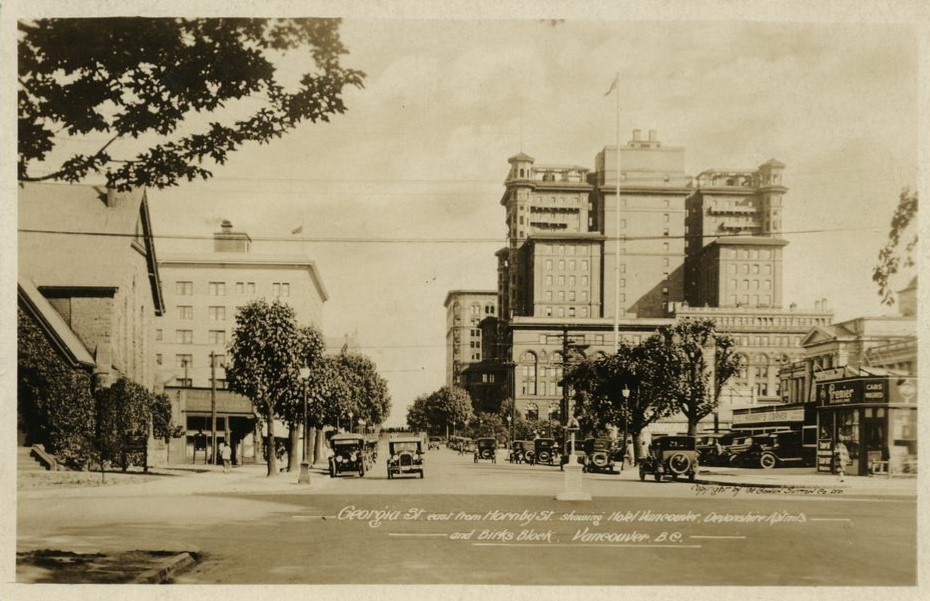
Heritage buildings:
I do love old buildings, and Chris has identified quite a few of them:
- Right foreground building is the Waghorn, Gwynn & Co. Stock Brokers, Real Estate, and Loans. 517 Granville Street
- The Alcazar Hotel, on Dunsmuir & northeast corner Homer. The back of sign is visible on second building to the left and back of second row of houses.
- Baker & Co. Signs, 346 Dunsmuir (on the left and behind three houses about in the centre of photograph)
- To the centre right, behind houses is the North West Biscuit Co. Ltd. at 579 Richards.
- On the far left edge, midway up the photo is the Van-loo Cigar Factory (formerly The Stettler Cigar Factory) 140 Water Street
And look at how the second Hotel Vancouver just dominates the city’s skyline.
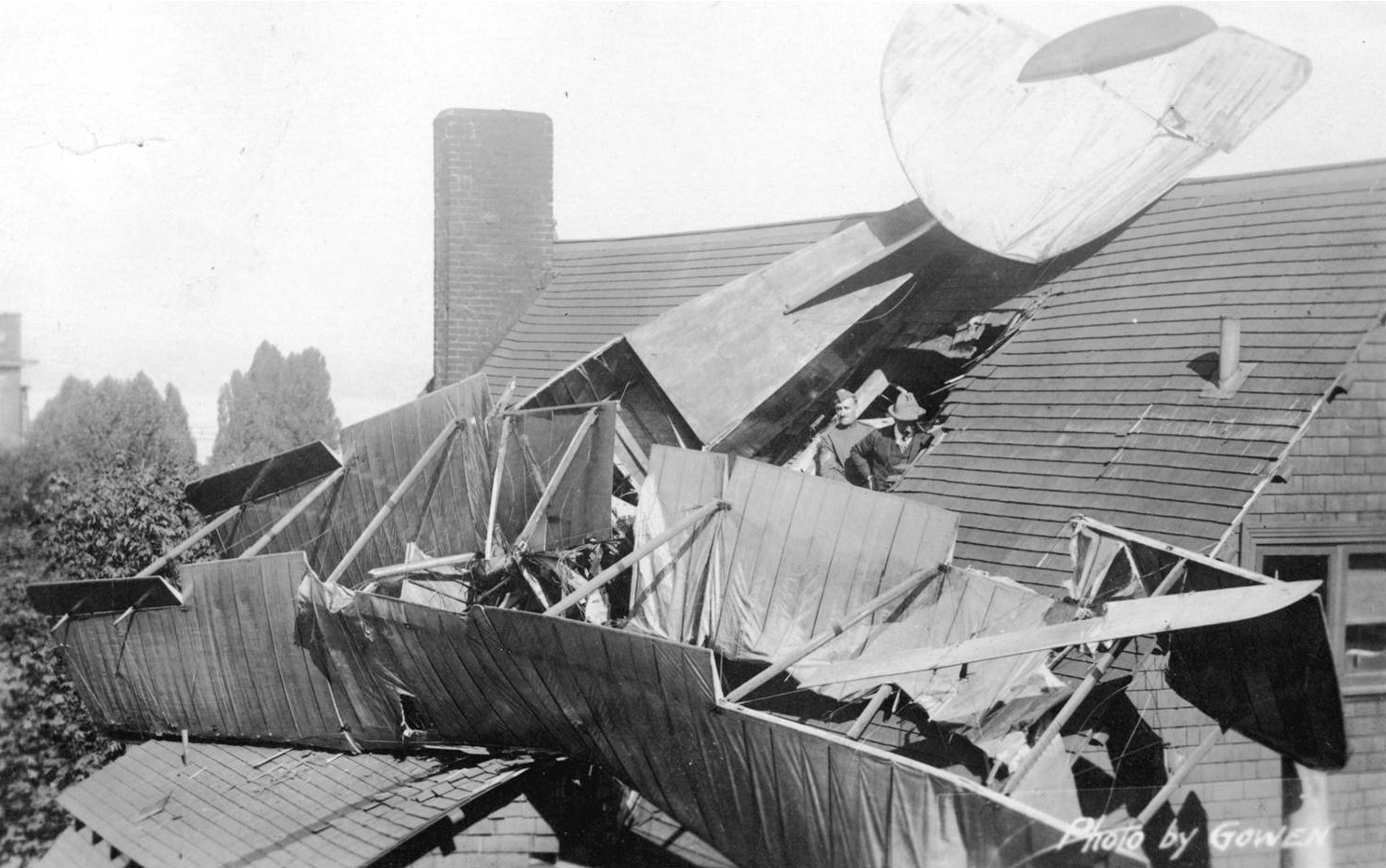
Early Vancouver:
Chris thinks that Roy’s parents Walter and Daisy Stiles bought the panoramic photo from Frank Gowen shortly after he took it in 1913. It would make it one of Gowen’s earliest photos taken soon after he moved to Vancouver.
Walter Stiles worked for BC Electric from 1910 to 1954.

I went to Frank Gowen’s Vancouver 1914 – 1931 by Fred Thirkell and Bob Scullion to find out more about him. Gowen arrived in Vancouver from Brandon, Manitoba in 1913 and they settled first in Burnaby. While he was establishing himself as a photographer specializing in postcards, he moonlighted as a jitney driver (this was like an early Uber service where people used their private cars to give rides—only back then a trip cost five to 10 cents).

Stanley Park Photographer:
In 1916, he became the official Stanley Park photographer and took many of those posed photos that you see outside Hollow Tree and Prospect Point. His postcards sold in the thousands.
There is a great collection of his photos at UBC and the Uno Langmann Collection
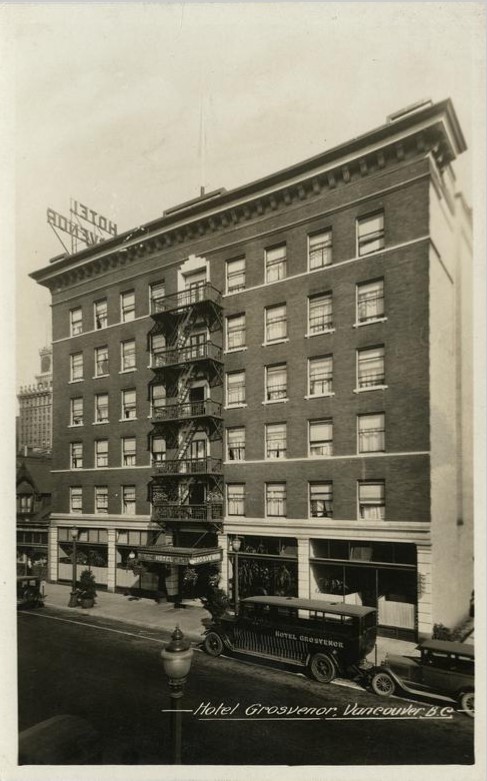
Gowen’s range was extensive. He took everything from hotels and ships to piers and beaches, train stations and parks and shot all over British Columbia.
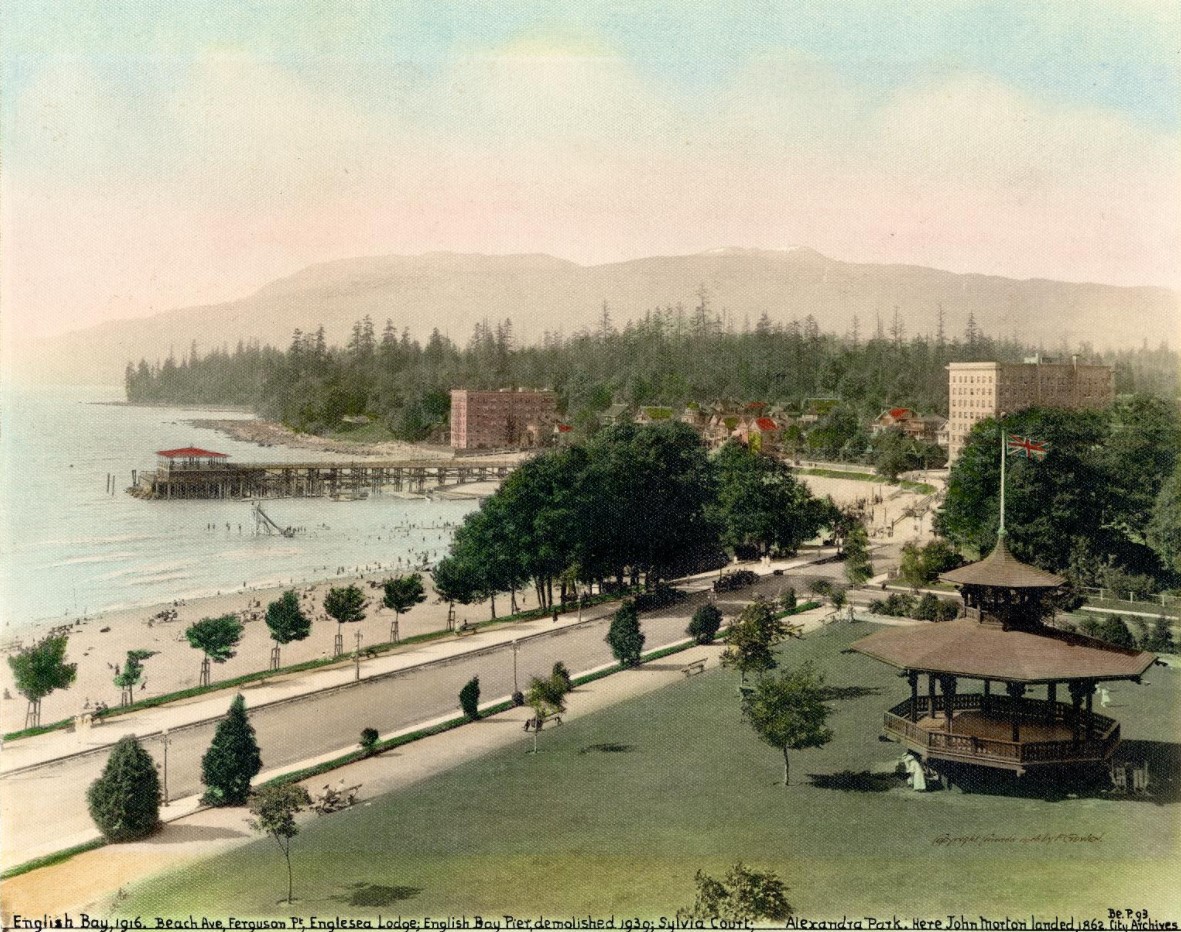
Chris Stiles also has a great family history. Her father, Fritz Autzen was a baker from Germany who ran the Hippocampus on Denman Street in the 1960s. Fritz was also an avid photographer and his story and photos appear in my new book Vancouver Exposed coming this fall.
© All rights reserved. Unless otherwise indicated, all blog content copyright Eve Lazarus.



